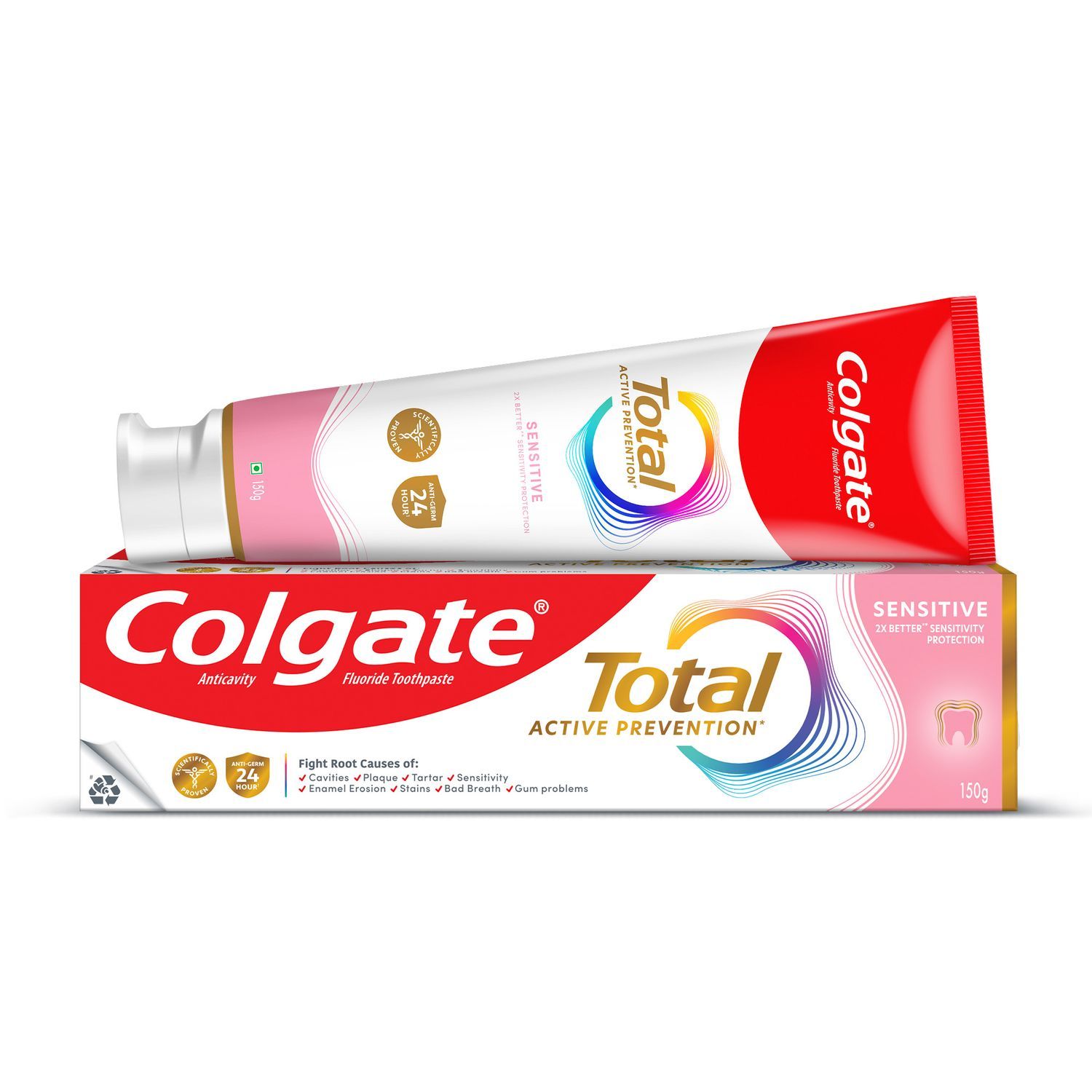Definition
Leukoplakia (loo-ko-PLAY-key-uh) is a condition in which thickened, white patches form on your gums, the insides of your cheeks, the bottom of your mouth and, sometimes, your tongue. These patches can not easily be scraped off.
The cause of leukoplakia is unknown, but tobacco, whether smoked, dipped or chewed, is considered to be the main culprit in its development.
Leukoplakia usually is not dangerous, but it can sometimes be serious. Although most leukoplakia patches are benign, a small percentage show early signs of cancer, and many cancers of the mouth occur next to areas of leukoplakia. For that reason, it's best to see your dentist if you have unusual, persistent changes in your mouth.
Symptoms
Leukoplakia can have various appearances. Changes usually occur on your gums, the insides of your cheeks, the bottom of your mouth and, sometimes, your tongue. Leukoplakia may appear as:
- White or greyish patches that can't be wiped away
- Irregular or flat-textured areas
- Thickened or hardened areas
- Raised, red lesions (erythroplakia), which are more likely to show precancerous changes
A type of leukoplakia called hairy leukoplakia primarily affects people whose immune systems have been weakened by medications or disease, especially HIV/AIDS. Hairy leukoplakia causes fuzzy, white patches that resemble folds or ridges on the sides of your tongue. It's often mistaken for oral thrush — an infection marked by creamy white patches on the area that extends from the back of your throat to the top of your oesophagus (pharynx) and the insides of the cheeks. Oral thrush also is common in people with HIV/AIDS.
When to see a doctor
Sometimes mouth sores can be annoying or painful without being harmful. But in other cases, mouth problems can indicate a more serious condition. For that reason, see your dentist if you have any of the following:
- White plaques or sores in your mouth that don't heal on their own within seven to 10 days
- Lumps or white, red or dark patches in your mouth
- Persistent changes in the tissues of your mouth
Causes
The cause of leukoplakia depends on whether you have the standard or hairy variety.
Leukoplakia
Although the cause of leukoplakia is unknown, tobacco use, including smoking and chewing, appears to be responsible for most cases. As many as 3 out of 4 regular users of smokeless tobacco products eventually develop leukoplakia where they hold the tobacco against their cheeks. Long-term alcohol use and other chronic irritants also may contribute to leukoplakia.
Hairy leukoplakia
Hairy leukoplakia, sometimes called oral hairy leukoplakia, results from infection with the Epstein-Barr virus (EBV). Once you've been infected with EBV, the virus remains in your body for life. Normally, the virus is dormant, but if your immune system is weakened, either from disease or certain medications, the virus can become reactivated, leading to conditions such as hairy leukoplakia.
People living with HIV/AIDS are especially likely to develop hairy leukoplakia. Although the use of anti-retroviral drugs has reduced the number of cases, hairy leukoplakia still affects as many as 25 percent of HIV-positive people and it may be one of the first signs of HIV infection. The appearance of oral hairy leukoplakia may also be an indication that anti-retroviral therapy is failing.
Risk factors
Tobacco use puts you at high risk of leukoplakia and oral cancer. Drinking alcohol combined with smoking further increases your risk.
Complications
Leukoplakia usually doesn't cause permanent damage to tissues in your mouth. However, oral cancer is a potentially serious complication of leukoplakia. Oral cancers often form near leukoplakia patches, and the patches themselves may show cancerous changes. Even after leukoplakia patches are removed, the risk of oral cancer remains elevated.
Hairy leukoplakia, on the other hand, isn't painful and is not likely to lead to cancer. But it may indicate HIV infection or AIDS.
Preparing for your appointment
You're likely to start by seeing your dentist or a general practitioner. However, you may also be referred to an oral surgeon or an otolaryngologist for diagnosis and treatment.
It is good to prepare for your appointment. Here's some information to help you get ready.
What you can do
- Write down any symptoms you have, even those that seem unrelated to the reason for your appointment.
- Make a list of all medications, as well as any vitamins or supplements, you are taking.
- Write down questions to ask your doctor.
- Preparing a list of questions will help you make the most of your time with your doctor. For leukoplakia, some basic questions to ask your doctor include:
- What is likely causing my condition?
- Are there other possible causes for my condition?
- Do I need special tests?
- Is my condition likely temporary or chronic?
- What treatments are available? Which do you recommend?
- What are the alternatives to the primary approach you're suggesting?
- Are there any restrictions I need to follow?
- Are there any brochures or other printed material that I can take home with me? What websites do you recommend?
- Ask any other questions that come up, as well.
What to expect from your doctor
Your doctor is likely to ask you a number of questions, including:
- When did you first notice these changes?
- Do you have any pain or bleeding from the problem area?
- Are you a smoker?
- Do you use chewing tobacco?
- How much alcohol do you drink?
What you can do in the meantime
Quitting tobacco use of any kind may reduce or eliminate your leukoplakia.
Tests and diagnosis
Most often, your dentist diagnoses leukoplakia by examining the patches in your mouth and ruling out other possible causes. To test for early signs of cancer, your dentist may:
Remove a tissue sample (biopsy) for analysis. This involves removing a portion of the lesion with a small, spinning brush (oral brush biopsy) or the entire lesion (excisional biopsy).
Send the tissue for laboratory analysis. A highly specialized imaging system allows a pathologist to detect abnormal cells.
Send you for treatment if the report is positive. If your oral brush biopsy is positive, your dentist may perform an excisional biopsy, which removes the entire leukoplakia patch, if it is small, or refers you to an oral surgeon if it is large.
Treatments and drugs
For most people, stopping tobacco or alcohol use clears the condition. When this isn't effective or if the lesions show early signs of cancer, your dentist may refer you for treatment, which involves:
- Removal of leukoplakic patches. Patches may be removed using a scalpel, a laser or an extremely cold probe that freezes and destroys cancer cells (cryoprobe)
- Follow-up visits. Recurrences are common.
Because your prognosis is better when leukoplakia is found and treated early, when it's small, regular checkups are important, as is routinely inspecting your mouth for areas that do not look normal.
Researchers have investigated the effects of retinoids — derivatives of vitamin A that are used to treat severe acne and other skin conditions — on leukoplakia. They appear to have limited effect in controlling leukoplakia.
Treating hairy leukoplakia
Not all cases of hairy leukoplakia need treatment, and your doctor or dentist may take a wait-and-watch approach. If you need treatment, several options are available:
- Systemic medications. These include antiviral drugs, such as valacyclovir (Valtrex) and famciclovir (Famvir), which prevent the Epstein-Barr virus from replicating, but do not eliminate it from your body. Treatment with antivirals can clear leukoplakic patches, but leukoplakic patches often return once therapy stops.
- Topical medications. These include podophyllum resin solution and tretinoin (retinoic acid). When applied topically, these therapies can improve the appearance of leukoplakic patches, but once the medication is stopped, they may return.
Prevention
Most often, you can prevent leukoplakia by:
- Avoiding all tobacco products. This is one of the best steps you can take for your overall health, as well as being one of the main ways to prevent leukoplakia. Talk to your doctor about methods to help you quit. If friends or family members continue to smoke or chew tobacco, encourage them to have frequent dental checkups. Oral cancers are usually painless until fairly advanced.
- Avoiding or limiting alcohol use. Alcohol is a factor in both leukoplakia and oral cancer. Combining alcohol and smoking may make it easier for the harmful chemicals in tobacco to penetrate the tissues in your mouth.
- Eating plenty of fresh fruits and vegetables. These are rich in antioxidants such as beta-carotene, which reduce the risk of leukoplakia by deactivating harmful oxygen molecules before they can damage tissues. Foods rich in beta-carotene include dark yellow, orange, and green fruits and vegetables, including carrots, pumpkin, squash, cantaloupe and spinach.
This article is intended to promote understanding of and knowledge about general oral health topics. It is not intended to be a substitute for professional advice, diagnosis or treatment. Always seek the advice of your dentist or other qualified healthcare provider with any questions you may have regarding a medical condition or treatment.
ORAL HEALTH QUIZ
What's behind your smile?
Take our Oral Health assessment to get the most from your oral care routine
ORAL HEALTH QUIZ
What's behind your smile?
Take our Oral Health assessment to get the most from your oral care routine













